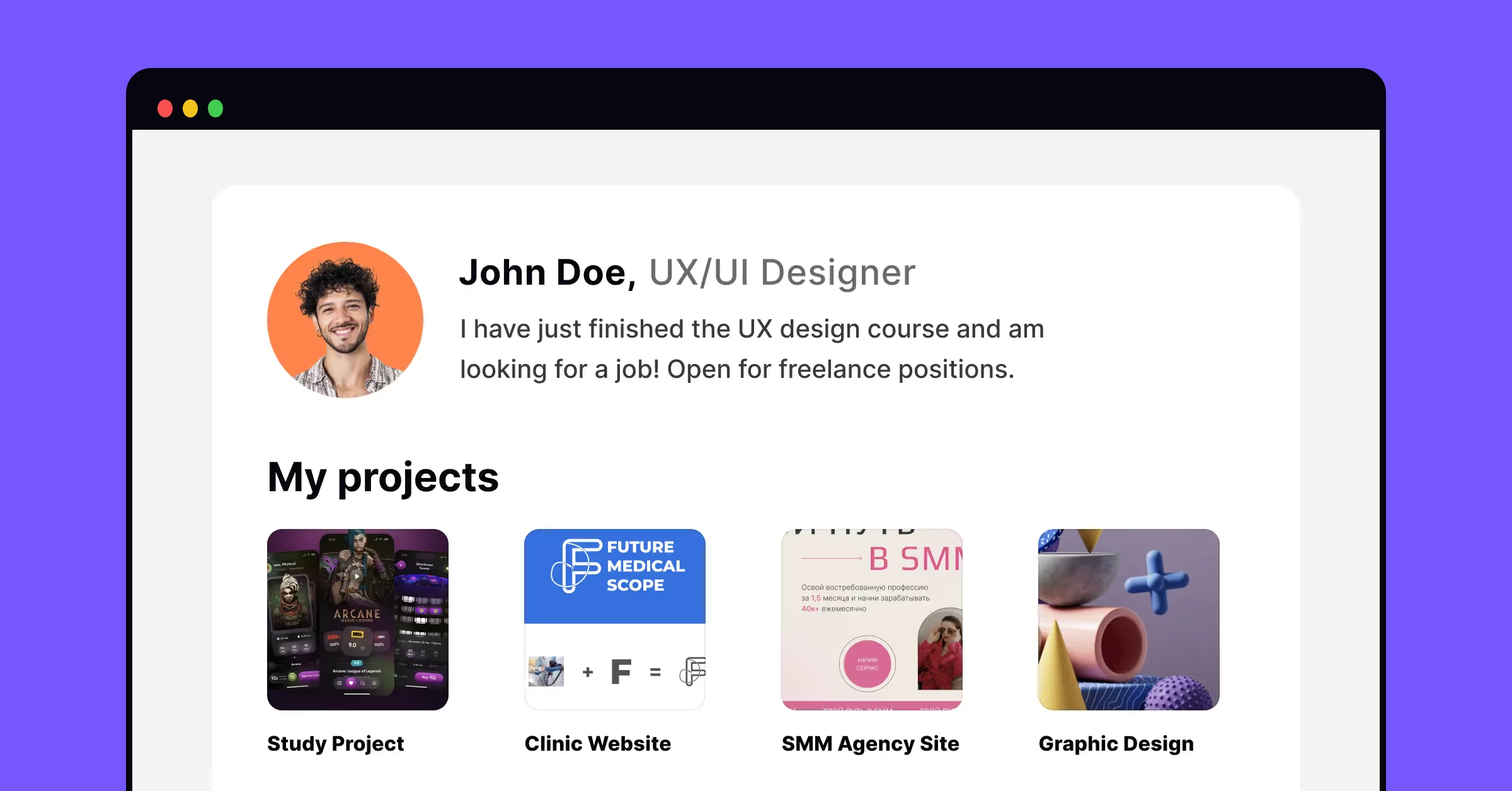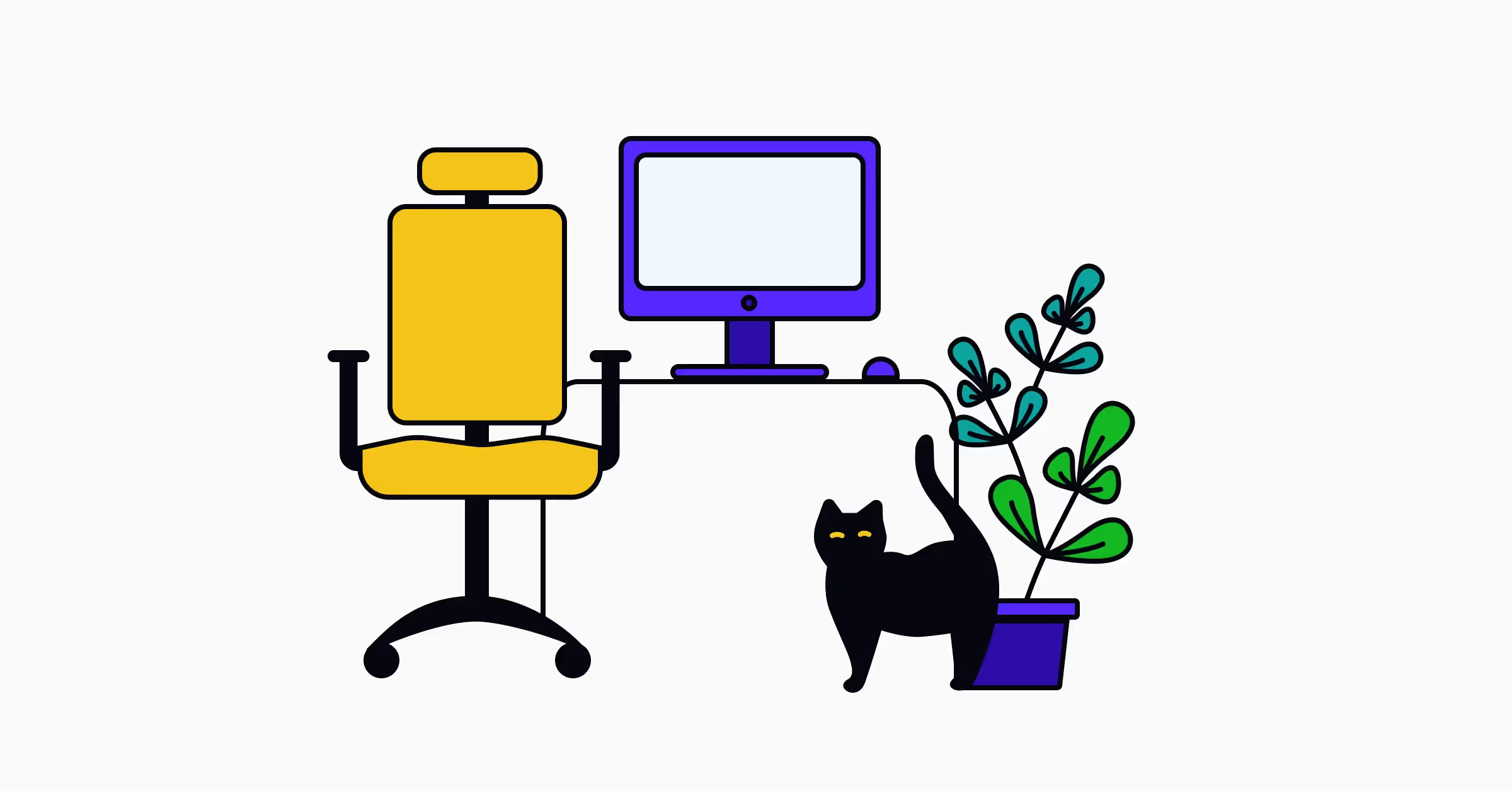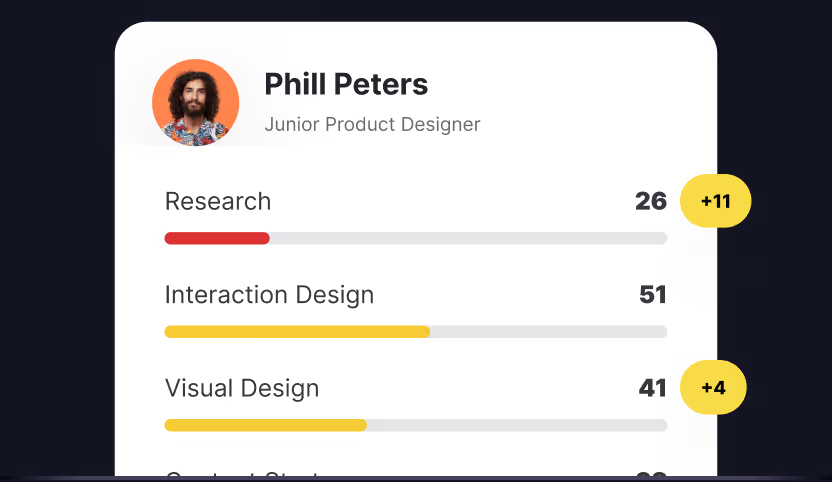
If you're wondering how to improve UX design skills, here are some quick & simple solutions to help you get on the right path.
If you are a digital designer or a beginner looking forward to starting a UX career, you may be wondering how you can stay afloat in the design world, make your UX or UI designer salary more competitive, and feel more confident in your work. There are a few innovative ways to improve your UI/UX design skills, but a lot of it involves stepping out of your comfort zone, pushing yourself, and patiently working on improving your skills over time.
Most UI and UX design skills can be improved by understanding the difference between UX vs. UI and learning these disciplines from an experienced teacher or design course. Before you showcase your skills in the real world and start looking for a real UX job, consider taking our foundational UI/UX course to lay a solid base.
9 Best UX Design Practices
1. Be Comfortable Using Design Patterns
Design patterns are reusable solutions to design problems. For example, the basic structure of a confirmation dialog usually contains a headline, short summary text, and a primary and secondary action button (usually with a destructive action, like "Cancel"). Even if the websites or applications are different, design patterns make interfaces familiar and predictable for users. Using existing solutions doesn't mean you have to give up your creativity — they can help make intuitive products that don't require too much thinking on the part of users unless it's really needed.
Patterns allow designers to save time and solve problems more efficiently. Rather than coming up with a new solution every time you face a design challenge, you can instead use a design pattern.

2. Study Designers That Inspire You

Some of the greatest artists have stated that they found their inspiration in other artists. The same ideology can be used by designers. Look for inspiration by browsing your favorite sources all over the internet. You can search through Pinterest, Dribbble, Behance, Instagram, or even your favorite websites and applications.
Study the elements, patterns, and techniques other designers use. This might include the use of white space, colors, fonts, UI components, animation, and imagery. Create a library with all your favorite inspirations. The next time you're struggling with a new design solution, use this library as a source of good UX references. The next step is to transform the ideas you've found into something unique and tailored to your project.
3. Invest Into Your Education
Common sense dictates that it's not safe to practice a headstand without first training your muscles and practicing balance. Likewise, don't jump into UX design without an intro to UX design. You cannot develop decent digital products if you don't have a strong foundation in UI, UX research, interaction design, information architecture, and other essential skills. One great aspect of UX/UI design is that you can develop these skills from the comfort of your own home. All you need is access to a computer, and you can learn UX/UI or niche down with specific modules, such as Product Designer training from online programs such as Uxcel.
4. Decide on Your Focus
At the beginning of your career, it can be good to focus on one area of UI/UX design and become an expert. Are you fascinated about exploring the field of graphic design? Or are you interested in becoming a mobile app UI design expert? Or maybe you find the user experience aspect more challenging?
Although UI and UX closely interlace with each other, they pursue different goals and focus on different aspects. UI design is most focused on the tangible elements of the interface — typography, color, icons, animations, and navigational components. It takes care of how user interfaces look and function. User experience design, on the other hand, refers to the process of designing products or services with users' interests and needs at heart. It relies heavily on user research, analysis of research findings, creation of information architecture, wireframing, and prototyping potential design decisions.
If you become an expert in at least one field at the beginning of your career, it can give you a leg up when applying for jobs.
5. Implement Your Learning

Once you have either begun or completed online courses, you will need to practice your skills. It might seem simple when you are going through a course, but once you are in the real world, things will be a bit different. If you're already in the design sphere, discuss new techniques, tools, or methods that might improve the UX design process with your UX team and start introducing them into your workflows.
You can also use the knowledge you gained to enrich an existing portfolio or build one if you're starting your UX design career. If you don't have designs to showcase, you can work on your personal projects or redesign existing products or websites that you think might be enhanced.
6. Practice Daily

As you may have heard time and again, practice makes perfect. Many platforms like Uxcel can help you continually master your skills by taking as much practice and design training as you want. Even if you have no more than 5-10 minutes a day, it's enough to turn design studying into a habit.
Take on tasks to recreate your favorite websites or mobile applications. You may find better fonts, change dimensions, add more spacing, play with colors, or come up with better selection control. Practicing gives you a chance to improve your design skills, develop your own design workflow, and provides you with material for your portfolio!
Discover Your Team's Full Potential with Daily Lessons — Did you know Uxcel Teams allows organizations to train, test, and improve the skills of designers with just 5 minutes of practice a day? Explore our suit of learning tools.
7. Offer Your Services as a Freelancer

If you are just starting out in the UX/UI world, it can be tough to find UX jobs. You might be great at what you do, but the design field is competitive, and the job market may fluctuate. If you offer your services as a freelancer, you can find decent design opportunities and practice while earning an income. Freelancing also allows you to improve active listening and communication skills, manage multiple projects, and gain feedback.
Although some people dismiss freelancing as unreliable due to the lack of job security, it is often a gateway to long-term employment. There are a few well-known sites for freelancing opportunities, such as Fiverr.com, Upwork.com, and Freelancer.com, where you can connect with clients, exercise your skills, develop your own design process, and practice what you have learned in your online courses.
8. Gather Feedback

Whether you are freelancing or simply building a portfolio, always ask for feedback on your work. It will allow you to gain a different perspective on your design and identify areas for improvement. Feedback can also help designers understand how users will interact with and respond to their design, which is crucial for creating a successful user experience. Receiving feedback can help you learn and grow as a designer since it lets you take a step back, look at your work objectively, and think of alternative ways to make it better. Consider creating a design profile on Instagram or posting your works on design platforms like Behance or Dribbble for public feedback.
9. Stay Up-To-Date on the Design World
Design learning never ends, and digital industries are constantly changing. This means that there will always be new tools for you to learn how to use and different concepts to master. By continuously learning and updating your skills, you can stay competitive in the job market and increase your worth as a designer.
When the internet is flooded with tons of information, how do you choose reliable sources?
- Join blog communities that contain articles from experienced designers in their field. The most credible design magazines include Nielsen-Norman Group, User Interface Engineering, UXmag.com, and UX Movement.
- Explore online courses. Courses provide a more traditional and disciplined approach to learning new skills or refreshing knowledge. Usually, designers enrolled in courses have the opportunity to receive helpful feedback on their assignments from a mentor, professor, or peers. Another benefit is the certificate you receive acknowledging the time and energy you spent to gain new skills. You can find courses covering various disciplines in specialized design communities like Uxcel, Interaction Design Foundation, or Design Lab. Alternatively, you can search for courses on multidisciplinary educational platforms like Udemy, Udacity, Gymnasium, and Coursera.
Once you're more confident in your skills and ready to go on a job hunt, make sure to practice answering the most common UX interview questions.
Improve Your UI/UX Design Skills with Uxcel
Being a UX designer means you probably will never stop studying. The design industry is constantly evolving, and new technologies, tools, and approaches appear every year. At the dawn of the internet, designers had no way of knowing they would one day be designing touchscreen interfaces for palm-sized devices. Continuous learning helps designers stay relevant in the industry and opens up new opportunities for career advancement and growth.
Being open and flexible to new challenges and changes in the surrounding world is the trademark of a good UX designer. Uxcel's interactive UX courses can feed your curiosity and expand your knowledge of UX and UI design, even if you've only got 5 minutes to spare per day.




